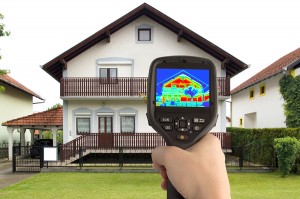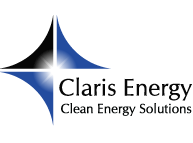 Apart from giving you an opportunity to qualify for an energy efficient home tax credit, renovation projects and the selection of energy efficiency improvements can result in additional savings. Individuals that install solar panels, choose geothermal heat pumps or other similar projects for their property will see a significant reduction in their utility bills.
Apart from giving you an opportunity to qualify for an energy efficient home tax credit, renovation projects and the selection of energy efficiency improvements can result in additional savings. Individuals that install solar panels, choose geothermal heat pumps or other similar projects for their property will see a significant reduction in their utility bills.
Considering a new project for your residential property that will enable you to qualify for an energy efficient home tax credit? Getting started with such improvements will result in various additional cost benefits.
Some Interesting Statistics
The average US household consumed 903 kilowatt hours of electric energy per month during 2012. The average monthly electricity bill was 107.28 dollars, which contributed to an average of almost 1300 dollars per year.
The sum went up in 2013 – the annual electricity bill average reached 2,000 dollars during that year.
Smart energy usage and a number of energy efficient projects can lead to serious reductions in these annual figures. Planning for the unique needs of your family and keeping the energy efficient home tax credit in mind will make it easier for you to choose.
Insulation Projects
Choosing the right kind of insulation for your residential property will decrease the amount of heat loss, which will ultimately result in lower HVAC costs. Roll insulation is one of the varieties used most commonly and it is widely available in all parts of the US.
The professional execution of such a project can easily decrease home heating and cooling expenses by nearly 20 percent. Keep in mind that heating and cooling contributes to anywhere between 50 and 70 percent of the US household’s electricity bill.
There are other insulation possibilities that can be chosen depending on the part of the house that will need to be insulated, what your budget is and what level of accessibility the particular place grants.
Photovoltaic Installations
Solar panels generate “clean” energy for the sun. This is one of the residential projects executed most commonly by individuals interested in getting an energy efficient home tax credit.
This kind of installation will deliver significant cost benefits. Here is an interesting infographic that pinpoints exactly how much can be saved through the execution of such a project. The national monthly saving average is 84 dollars. Over a 20-year period, the average solar system will deliver savings of 20,060 dollars on the average.
Residential Wind Turbine Installations
The use of wind for energy generation is still somewhat uncommon but this project will also result in significant savings and cost benefits over the long run.
The amount you will be capable of saving will depend on your location and the type of installation that you choose. Local electricity rates will also impact the cost benefits of installing wind turbines. The payback period for residential systems ranges from anywhere between six and 15 years.
Choosing the best energy efficiency improvement will depend on several factors. The local weather, the location of your house and the amount of money you are interested in saving will all play a role. No matter which option you choose, however, you will notice some significant reduction in your utility bills right from the start.
Steve Nanos
Latest posts by Steve Nanos (see all)
- LED Lighting – A Great EPAct 179D Qualification Possibility - February 3, 2015
- 45L Credit Requirements for Begun Constructions - January 29, 2015
- Can Section 179D Incentives Help Businesses Save a Lot of Money? - January 27, 2015

 609.275.8484
609.275.8484